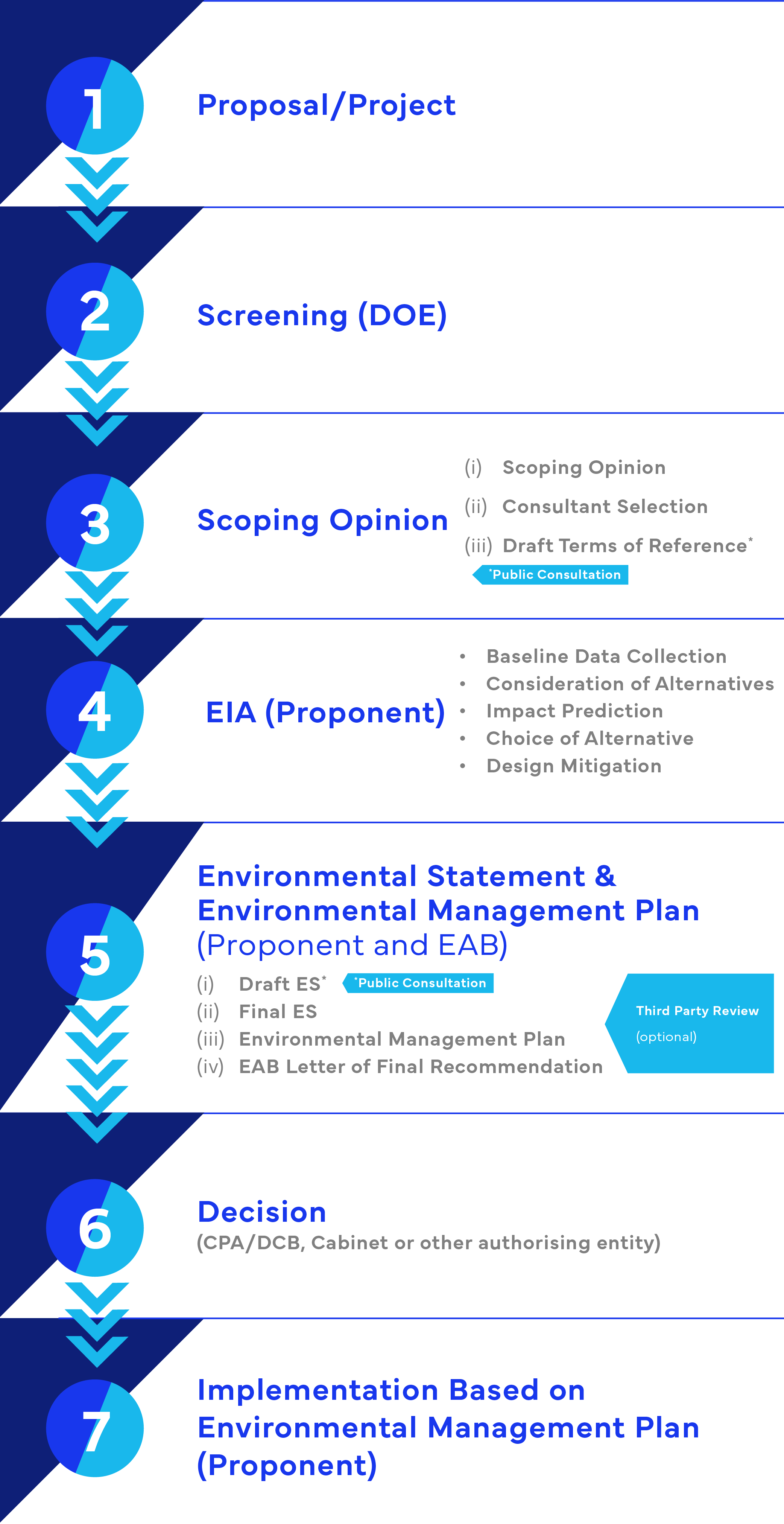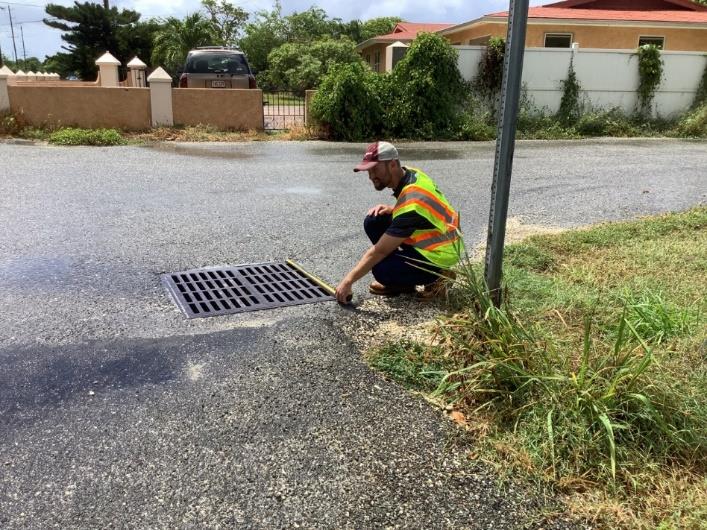What is an EIA?
An Environmental Impact Assessment (EIA) is a multi-disciplinary scientific study that evaluates the potential effects of a proposed project with the aim of providing better information for decision making by the Cayman Islands Government. The areas of focus for an EIA include social, cultural, ecological, mobility, and transportation. EIAs and similar studies are used in many countries, for many types of projects in sectors as diverse as tourism, manufacturing, agriculture, transportation, and others. In the Cayman Islands, the EIA process is governed by the EIA Directive, which is a subsidiary piece of legislation under the National Conservation Act (2013).
Key elements of an EIA
The purpose of an EIA is to identify, evaluate, and consider the likely impacts of a project on human health and the environment. An EIA serves as a valuable tool for achieving a balance between infrastructure needs, economic, development and environmental conservation.
-
Identification of Impacts
The EIA process begins with the identification of important environmental and social resources (receptors) and associated potential impacts that may result from the proposed project. For the EWA project this involves considering various factors such as natural resources (e.g. wetland and upland habitat), ecosystem analysis, air and water quality, biodiversity, land use, noise levels, cultural resources, and socio-economic aspects. -
Alternatives Analysis
The EIA explores and presents reasonable alternatives to achieve the goals of the proposed project. This allows decision makers to compare different options and choose the one that best meets the project’s objectives with the least environmental impact. -
Assessment
Once potential impacts are identified, the EIA assesses their magnitude, extent, and significance. This step involves using scientific methods and models to predict how the project may affect the environment during construction and operational usage over time. It also predicts how the environment might affect the project. -
Mitigation Measures
The EIA can also identify measures to avoid, mitigate or minimize adverse environmental impacts. These measures may include changes in project design, the use of technology to reduce emissions, habitat restoration, or other strategies to reduce negative effects.Environmental Statement
The EIA process concludes with the creation of an Environmental Statement (ES), which includes a detailed account of the EIA process, methodologies, findings, and recommendations. It is a public document and is the basis for a community discussion of a proposed project.
Why do we do EIAs and why are they important?
Environmental Impact Assessments (EIAs) are conducted to provide a comprehensive review of the potential effect of projects on the surrounding natural and human environments. The main purpose of an EIA is to provide decision makers with scientifically grounded information about a proposed development, potential alternatives, and likely environmental impacts resulting from the project alternatives.
An EIA is important because it is a scientific and impartial process that provides the most accurate available data on the potential impacts of a project. It serves as an incredibly valuable tool to ensure that developmental initiatives reduce risk and impact to the environment and society.
In the Cayman Islands, the National Conservation Act requires an EIA which assesses a project’s impact on:
Protecting and improving public health, and social/living conditions
Preserving natural resources, ecological function, and biological diversity
Protecting and conserving natural resources such as already protected/conserved areas, protected species, endemic species, and migratory species (and their habitats)
Avoiding the effects of climate change
Environmental Assessment Board (EAB)
The Environmental Assessment Board (EAB) is created during the scoping process as part of the EIA Directive. The Department of Environment acts as the Chair of the EAB, and other applicable agencies are invited to join based on the type of project and anticipated impacts. The EAB reviews and provides feedback on every step of the EIA process.
How is an EIA used?
One of the key strengths of an EIA is its use to explore multiple alternatives to a project. This thorough review of alternatives is a cost-effective way to identify options that best meet the critical success factors of the project while causing the least environmental damage. The EIA process begins with a long list of alternatives, uses a scientific evaluation to narrow down that list, and ultimately identifies a preferred option.

The EIA process culminates in the creation of an Environmental Statement (ES) that describes the details of the process and results of the EIA. Once complete, a draft version of the ES for the East-West Arterial project will be posted on this site and made available for public review and comment as required by the National Conservation Act.
The public will have opportunities to discuss the ES at public meetings and provide comments that can be considered by policymakers.
The ES and public comment on it will serve as the basis for the Cayman Islands Government to make final decisions about how best to proceed with the East-West Arterial.


